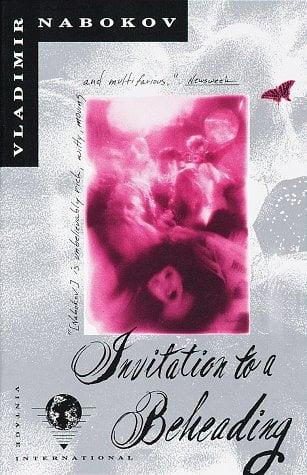
The Master and Margarita
Book Description
A chilling black cat walks into Moscow, and with it, an otherworldly chaos unfurls. As the devil himself weaves through the lives of the city's elite, a love story ignites amid a backdrop of political turbulence and existential dread. The beautiful Margarita will stop at nothing to save her lost love, Woland's sinister games blurring the lines between good and evil. Betrayal, magic, and power collide in a tale that twists reality into an extraordinary dance of fate. As darkness looms and lives are turned upside down, can love triumph over the shadows?
Quick Book Summary
"The Master and Margarita" by Mikhail Bulgakov is a dazzling blend of fantasy, satire, and romance set in 1930s Soviet Moscow. When the enigmatic Professor Woland, a stand-in for the Devil, arrives in the city with his bizarre entourage—including a talking black cat—he brings havoc to the self-satisfied and atheistic society. Intertwined with Woland’s mischief is the tender, tragic love story between the Master, an embattled novelist, and Margarita, his devoted lover who is willing to bargain with dark forces to save him. The narrative dances between the fantastical events in Moscow and a parallel retelling of Pontius Pilate's anguish over condemning Jesus. The novel challenges the boundaries between good and evil, reality and illusion, ultimately exploring the resilience of love and the cost of integrity in a corrupt world.
Summary of Key Ideas
Table of Contents
Satire of Soviet Society and Bureaucracy
Bulgakov opens his novel in 1930s Moscow, where the intellectual elite pride themselves on rationality and state atheism. Into this environment enters Professor Woland, a mysterious foreigner who is, in fact, the Devil. Woland’s bizarre retinue—including demonic assistants like Behemoth, the giant black cat—provoke social chaos, exposing the greed, hypocrisy, and cowardice that underlie bureaucratic Soviet life. Through darkly comic episodes, they turn the world upside down, ridiculing the authorities and revealing the parody behind the era’s rigid materialism.
The Interplay of Good, Evil, and Moral Ambiguity
Parallel to the turmoil in Moscow is the tortured love between the unnamed Master, once a promising writer destroyed by official censorship, and Margarita, his passionate and resourceful lover. Margarita’s resolve leads her to an unholy pact with Woland, sacrificing her soul in a desperate bid to reunite with the Master. Through her courage—most strikingly during the surreal Walpurgis Night ball—Margarita becomes an emblem of love’s transformative, redemptive power even when faced with the forces of darkness.
Love, Sacrifice, and Redemption
Bulgakov entwines these threads with a metafictional retelling of the story of Pontius Pilate as imagined by the Master. Pilate’s inner turmoil after condemning Yeshua Ha-Notsri (Jesus) mirrors the novel’s broader themes of moral ambiguity and the agony of compromised conscience. This biblical storyline offers a counterpoint to Soviet Moscow, exploring the universal complexities of authority, guilt, and spiritual struggle across time.
The Power of Art and Censorship
Throughout the novel, satire and magical realism converge as tools for criticism and survival. The supernatural events serve as both punishment and liberation. Bulgakov’s writing relentlessly mocks the soulless bureaucracy, censorship, and anti-spiritual climate of his era, championing the artist’s struggle and the irrepressibility of imagination and truth. The Master’s persecution as a writer stands as a poignant reflection of Bulgakov’s own life under Soviet repression.
Reality, Illusion, and the Supernatural
The novel’s conclusion suggests that peace is only to be found outside the world’s corrupt systems. Woland grants the Master and Margarita eternal rest—not heavenly reward, but freedom from suffering and persecution. Ultimately, Bulgakov’s masterpiece asserts that while good and evil may be blurred, love and art possess the power to transcend even the darkest realities.
Download This Summary
Get a free PDF of this summary instantly — no email required.





